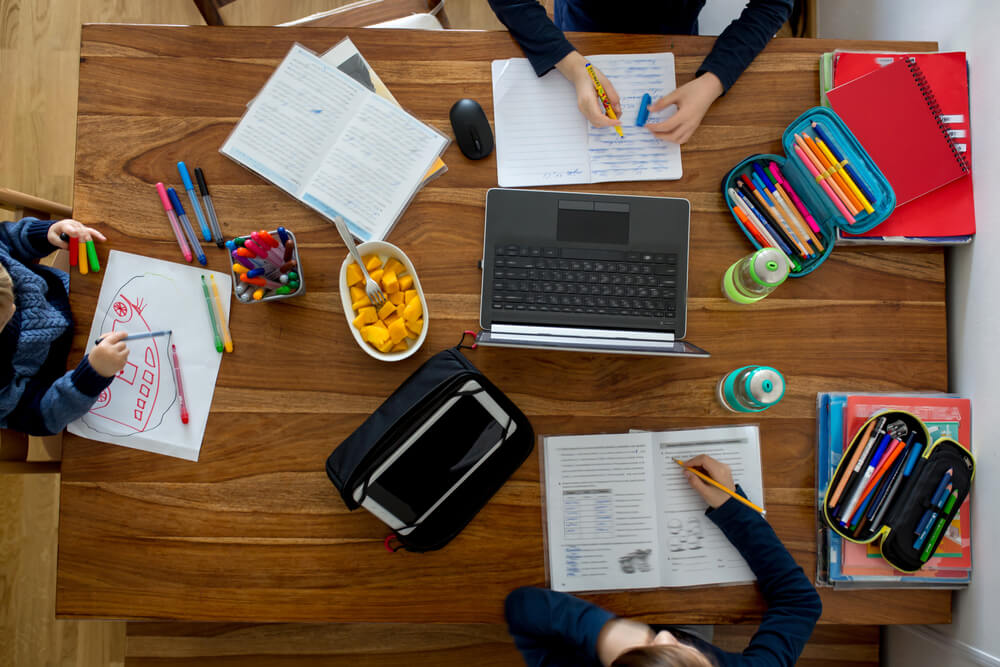Written by: Rita Magallona
With schools in the Malaysia still closed under the movement control order, a lot of families have shifted to home-based learning. This strategy allows students to stay on track with their education while avoiding the risk of catching the coronavirus.
How can you make distance education as pleasant and as effective as possible for your kids? Check out these study space ideas for a conducive learning environment at home.
3 Study Space Essentials for Home-Based Learning
1. Designated study area
Does your child have a personal study area, with a desk or table he or she can work on? Is the study area personal or shared with siblings? Ideally, each child should have his or her personal study desk or table in a well-lighted spot.
Your study area should have enough storage space for supplies and references. You can opt for shelves, which look better and make it easier to access materials. On the other hand, bags are portable and allow your child to go to other parts of the house to study. This is especially useful if the study area is shared or multi-purpose.
If space is limited, your children may need to do schoolwork together. A common family area like the dining table or the living room may be your only option. And if you’re working remotely, your child’s study space may end up being your home office as well.
Tip: Make sure you set clear rules and schedules if your child needs to share their study space.
2. School supplies and equipment
Make a list of the supplies your children will need, based on the school’s program for this term. Basics would be pencils, pens, colouring materials, and paper. If possible, each child should have their own set, though they could share materials where they could so long as it does not overly disrupt workflow.
Flexible learning programs usually have an online component. So, make sure each child has a device for their schoolwork, be it a desktop computer, laptop, tablet, or smartphone. If kids are using a shared computer, create a profile for each child so that they can use the device without accidentally deleting their siblings’ work.
Tip: Quality headphones are a must if your child has online classes. Get noise-cancelling ones so that your child can concentrate better.
3. Internet connection
It’s possible to do home-based learning without a good internet connection, but why make your family go through the inconvenience? A wide variety of resources and communication tools are now online, so an internet connection has become a necessity.
Do your research about the best internet providers in your area. You also have to factor in your own bandwidth usage if you also work from home or use streaming services.
Tip: Ask for a referral instead of relying on online reviews from strangers. Internet connectivity is often area-specific, so your neighbours are your best bet for information.
Still apprehensive about teaching your child? If the school has a detailed program, you will act more as facilitator than teacher. So be ready to set out the materials, guide them with their activities, and be ready to answer any questions they may have.
Interested in doing property transactions from the comfort and safety of your home? Download the Ohmyhome mobile app from the Play Store or App Store.












